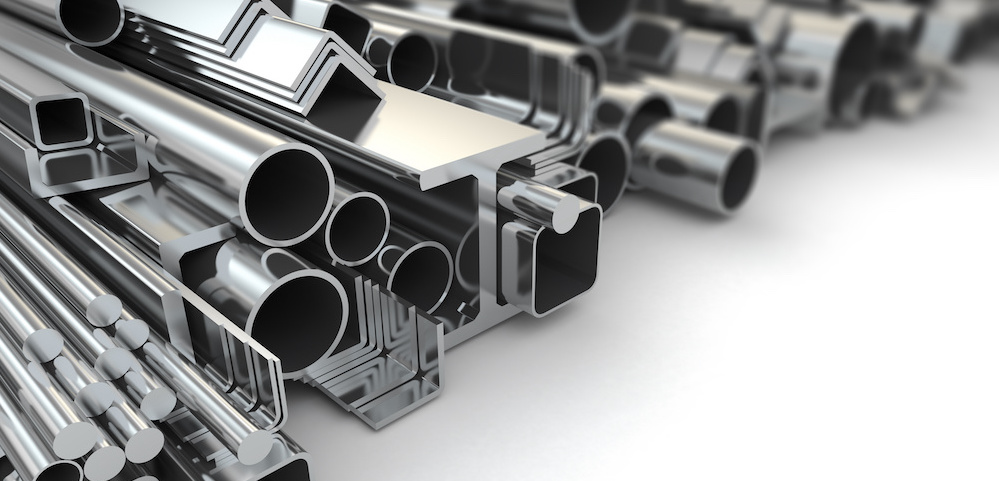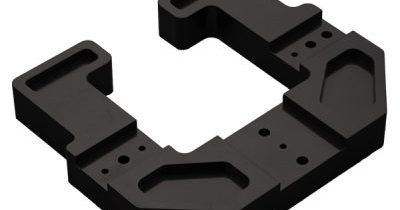Introduction to
Stainless Steel Properties
 Stainless steel, often abbreviated as SS, is a material known for its exceptional rust resistance and is widely utilized across various industries. However, for mechanical engineers, it requires careful consideration due to the challenges involved in working with it. This guide aims to delve into the nature of stainless steel, exploring its types and properties.
Stainless steel, often abbreviated as SS, is a material known for its exceptional rust resistance and is widely utilized across various industries. However, for mechanical engineers, it requires careful consideration due to the challenges involved in working with it. This guide aims to delve into the nature of stainless steel, exploring its types and properties.
Table of Contents
Understanding Stainless Steel Types
Stainless steel is a type of steel that contains less than 1.2% carbon and more than 10.5% chromium. It comes in various types based on its material composition and exposure to heat treatments. The three primary types are:
1. Martensitic Stainless Steel
Martensitic stainless steel contains 0.1–0.4% carbon and 12–18% chromium. Heat treatment transforms its structure to martensitic, giving it high hardness. One drawback is its lower corrosion resistance. If iron or other substances adhere to its surface, it can develop surface rust. Besides being used for components that require high hardness, it is also common in parts exposed to high temperatures.
2. Austenitic Stainless Steel
Austenitic stainless steel contains less than 0.15% carbon, 16–20% chromium, and over 8% nickel. This combination gives it excellent rust resistance due to the chromium and nickel content. It also withstands high temperatures well. However, it is not as hard as martensitic steel and can be susceptible to stress corrosion cracking when exposed to chloride ions.
3. Ferritic Stainless Steel
Ferritic stainless steel generally does not contain nickel and is less prone to corrosion. It also resists stress corrosion cracking from chloride ions and exhibits magnetic properties like common iron. However, its corrosion resistance is lower than austenitic steel. It is known for its affordability and reasonable weldability. As a result, it is used in various applications, including architectural fixtures and household items.
Advantages of Stainless Steel
Rust Resistance
Unlike iron, which rusts when it comes into contact with oxygen, stainless steel is highly resistant to rust and corrosion. This resistance is due to the presence of chromium. When exposed to oxygen, chromium quickly forms a thin layer of chromium oxide. Even if the surface gets scratched or damaged, this layer regenerates almost instantly, maintaining its rust resistance.
Heat Resistance
Stainless steel possesses remarkable heat resistance, maintaining its tensile strength up to 500°C (932°F). Martensitic and ferritic steel, in particular, experience significant drops in strength beyond 500°C (932°F). It also has low thermal conductivity, making it an ideal material for thermoses used to keep beverages hot.
High Strength
The addition of carbon enhances the strength of stainless steel, surpassing that of regular iron. Its strength varies based on heat treatment (quenching) and elemental composition. In mechanical component design, this steel is often used in areas requiring high strength.
Disadvantages of Stainless Steel
High Friction
Stainless steel has a high friction coefficient when in contact with other metals, making its sliding resistance approximately twice that of steel plates.
Work Hardening
Sheet metal component prototyping can be challenging. Processes such as bending can harden the material significantly. This task demands careful handling, as it is not easily reworked.
Limited Heat Dissipation
Its low thermal conductivity hinders heat transfer, making it less suitable for applications requiring efficient heat dissipation. Aluminum is often used over stainless steel in this case. When machining stainless steel, the reduced heat dissipation can shorten the life span of cutting tools.
Conclusion
Stainless steel has widespread use in mechanical parts, such as household items and construction underscores. Its most significant advantage is its resistance to rusting, as well as its durability, strength, and thermal properties. However, its drawbacks, including high friction and work hardening during bending, necessitate cautious design and processing. Understanding its advantages and limitations is key to leveraging stainless steel effectively, whether for prototypes or mass production.
What’s meviy?
On-demand, fast sourcing of quality custom mechanical parts is made possible by meviy.
meviy is one of the most reliable on-demand manufacturing platforms in the US that allows you to get instant quotes for your mechanical parts simply by uploading 3D CAD data. No longer need to create 2D drawings just to quote parts. This platform supports sheet metal fabrication and CNC machining such as milling or turning and has saved time for over 160,000 mechanical designers and purchasers worldwide.






